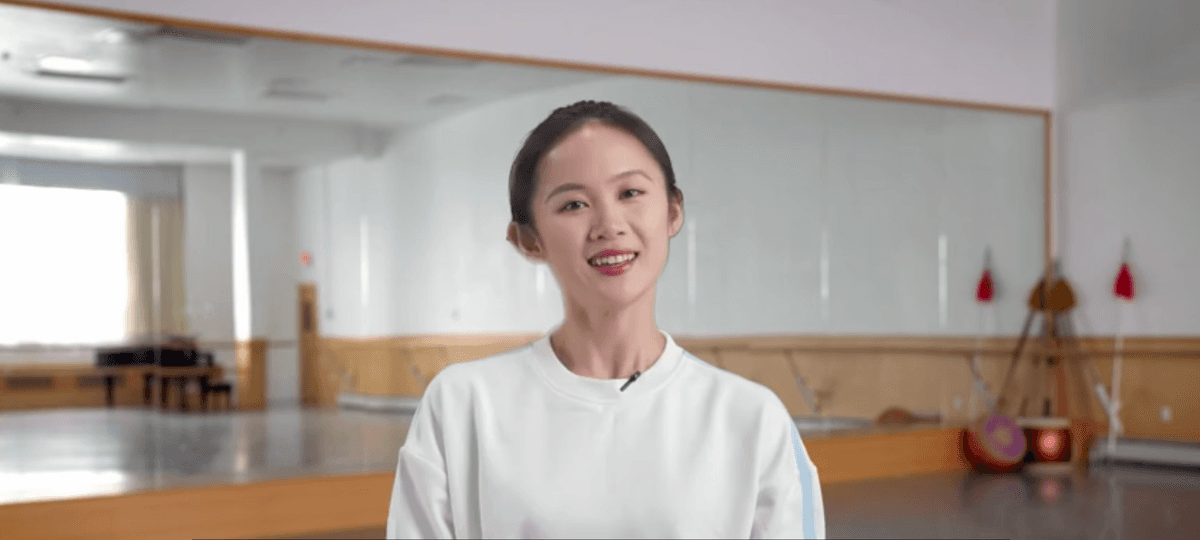To the trained eye, classical Chinese dance and ballet are as different as night and day, but to the average theater-goer, it can be easy to mistake classical Chinese dance for ballet, especially since even dance schools and companies in China are using a combination of ballet and classical Chinese dance.
Poses and Lines
In classical Chinese dance, the circle is the most important shape. The movements of the dance are always fluid and curved.In ballet, however, lines are what make the dancers so elegant and poised. Ballet dancers’ arms and legs are usually straight and the angles that the head, torso and limbs make are particularly strict.
Footwork
As Wang describes, the difference in footwork between the two dance styles is most obvious with female dancers. Ballerinas are often seen en pointe or with their feet in one of five positions in which their toes point outward, giving an air of sophistication.Types of Movement
In classical Chinese dance, movements of the arms and legs begin with the chest and hip. The flow of movements also starts with a slight movement to the left before going right and starts with a slight movement to the right before going left. In ballet, the majority of the movement happens in the legs while arm movements are more limited.History of the Dances
According to the Atlanta Ballet, this dance form began during the 15th-century Italian Renaissance and reached its pinnacle during the reign of the French King Louis XIV. Louis codified the standards of ballet, which are still valid today. Ballet started with court dances and therefore followed court etiquette.Breathing and Breath Coordination
Classical Chinese dance incorporates purposeful breathing into every aspect of dance. In fact, Wang tells us breathing is “the soul of classical Chinese dance. It basically determines how effective a performer’s dance expression is.”Muscle Training
The muscles used in classical Chinese dance are the same ones used when doing everyday activities such as running or playing sports. So, while dancers are going about their day, they are also strengthening the muscles they will use on stage.In ballet, dancers are required to turn their toes outwards which activates a special group of muscles. The leg muscles of ballet dancers are noticeably different from leg muscles of classical Chinese dancers.
Next time that Shen Yun Performing Arts comes to your local venue, try to identify all the things that Wang talked about and see for yourself what makes classical Chinese dance unique.


















